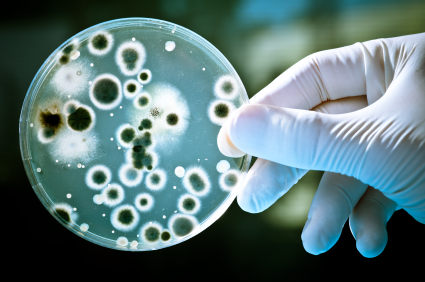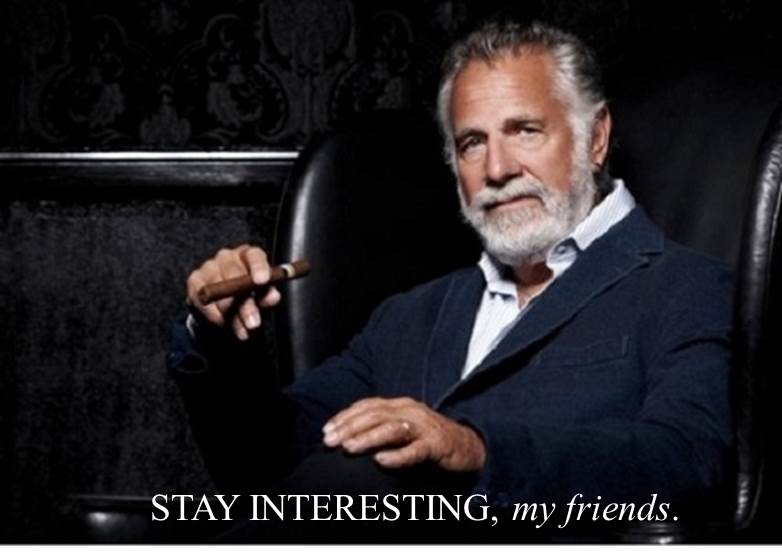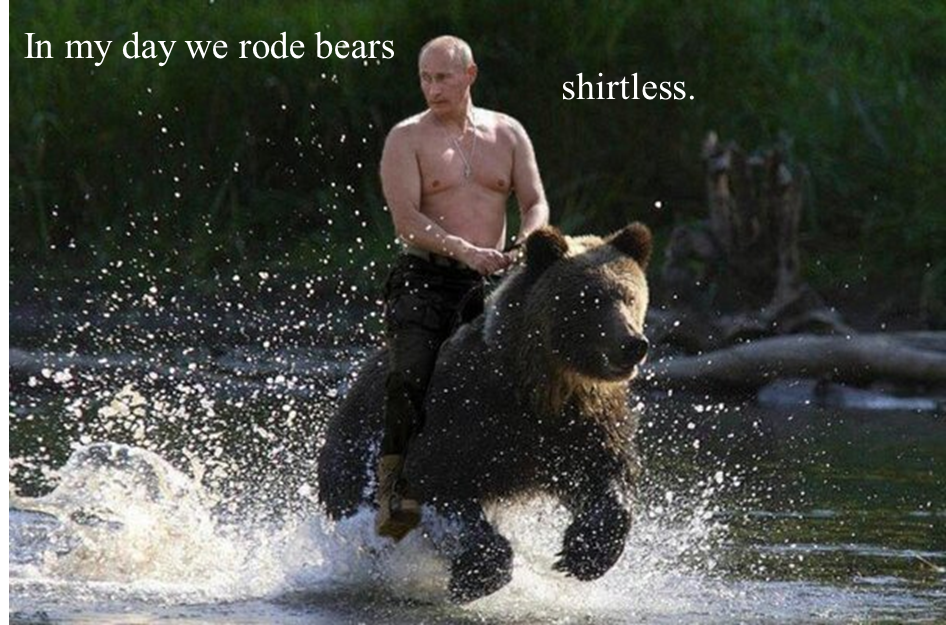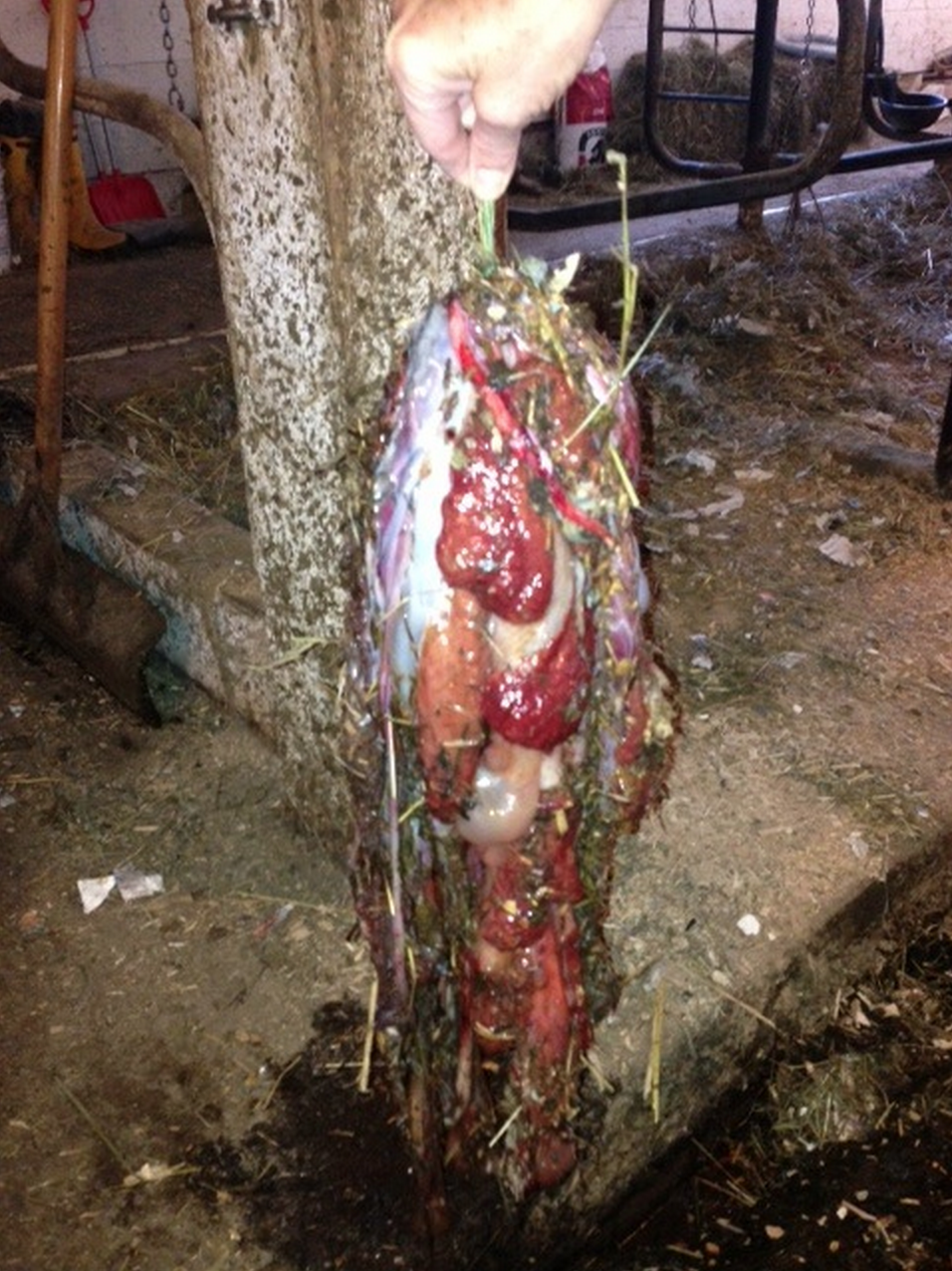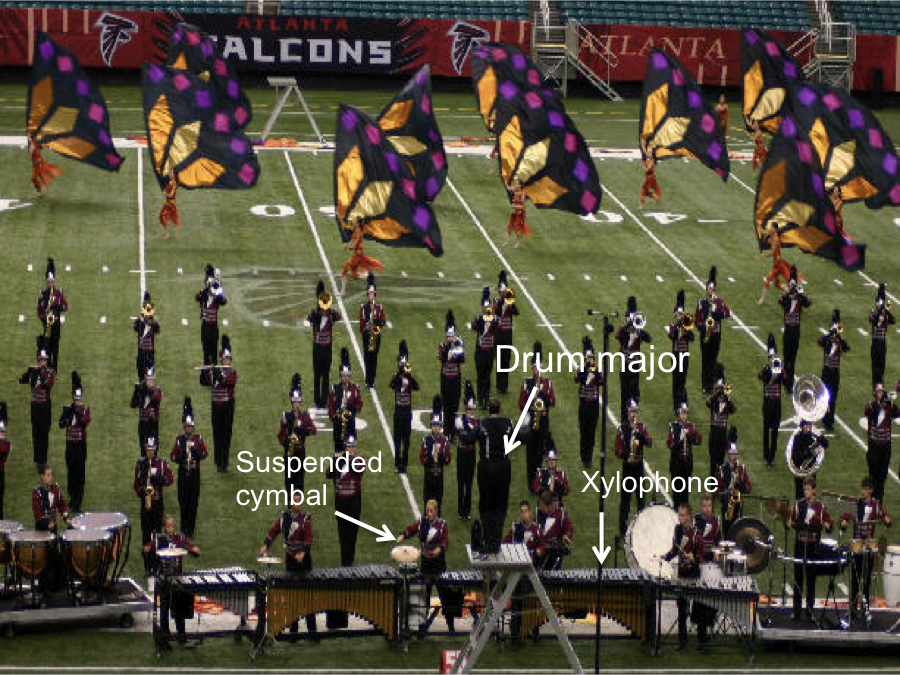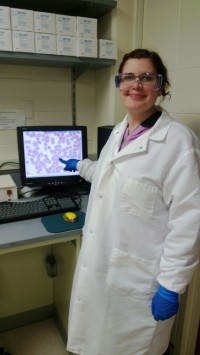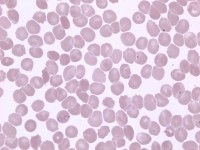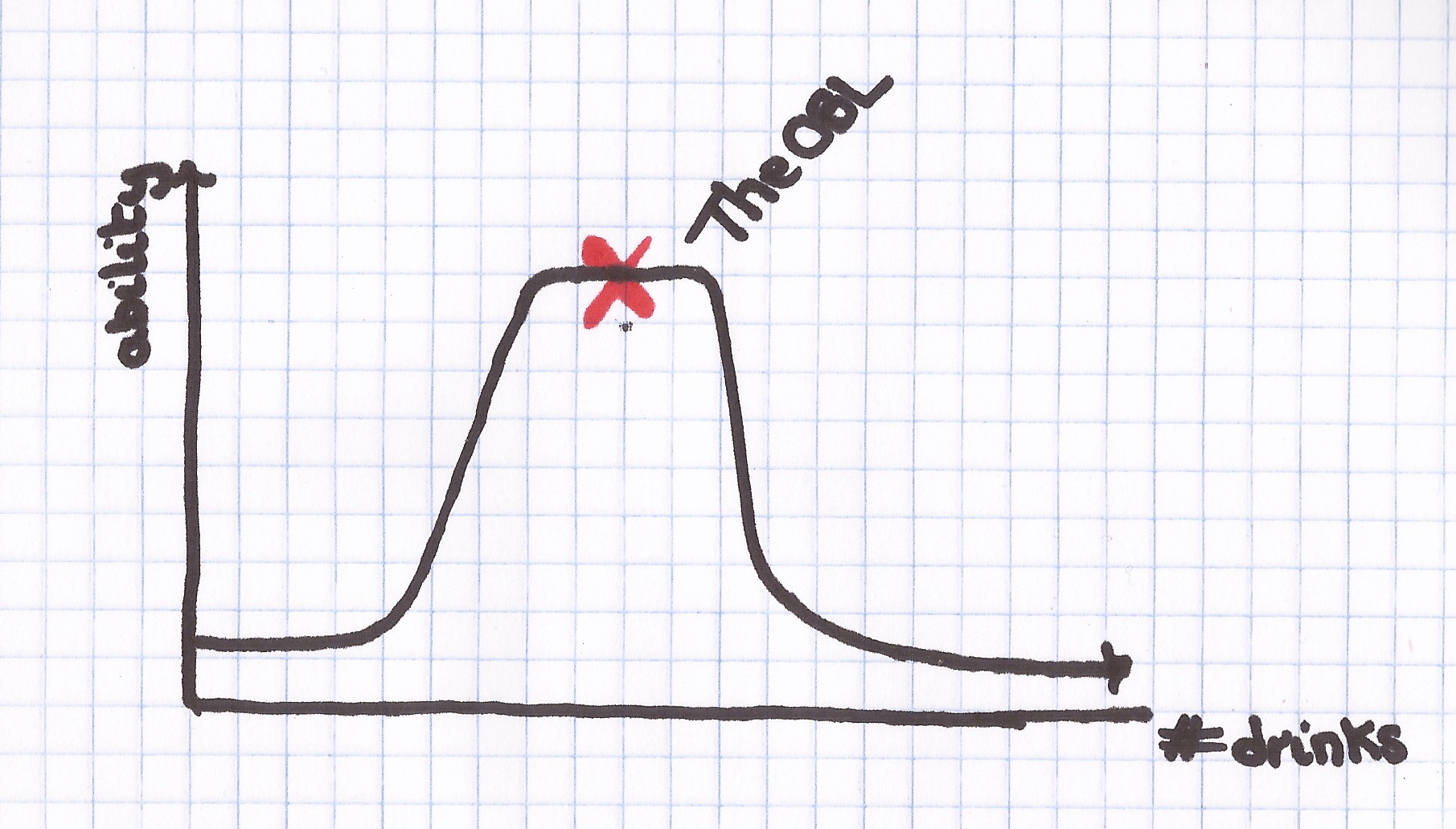
Common vampire bat (Desmodus rotundus)
In an era of emerging infectious diseases, rabies is a uniformly lethal virus that has been with us for over two thousand years. It’s more lethal than West Nile, SARS, and Ebola. HIV, like rabies, is essentially 100% lethal but the course of infection is glacial compared to rabies. Moreover, we understand what HIV does to you and your immune system while our understanding of what rabies does do your nervous system remains somewhat hazy. It’s even less clear what rabies does in nonhuman animals but if you’ve ever seen or heard a description of a rabid dog or raccoon you wouldn’t think that rabies goes any easier on its reservoir hosts.
The lethality and speed of the virus that makes rabies deeply fascinating (and terrifying) on one level also makes it almost uninteresting on another level. As an evolutionary biologist, I’m drawn to variation and with rabies, it seems like there is no variation. It just kills you, quickly, and it has done so for a long, long time.
It turns out, however, that this might not be entirely true. A study published in Am J Trop Med Hyg last year reports serological data from two communities in the Peruvian Amazon. Seven adults of the 63 people sampled were positive for rabies virus neutralizing antibodies, 6 of those 7 people reported having been bitten by bats, and only one of them reported prior vaccination. In combination, these results suggest that people in an area of high risk for rabies transmission are being exposed to rabies, developing antibodies to the virus, and not getting sick. Whether this is because of selection for immunity in people living close to rabid vampire bats or whether it is a feature of the rabies strain itself it not clear, but it is certainly a novel aspect of what we thought was an old and familiar pathogen.
Relevant links:
The paper reporting the results of the Peruvian study.
An editorial on the Peruvian study by the doctor who treated the first case of an unvaccinated rabies survivor; creator of the Milwaukee protocol for treating rabies victims.
A Radiolab podcast on the Milwaukee Protocol. Also discusses the Peruvian study.


